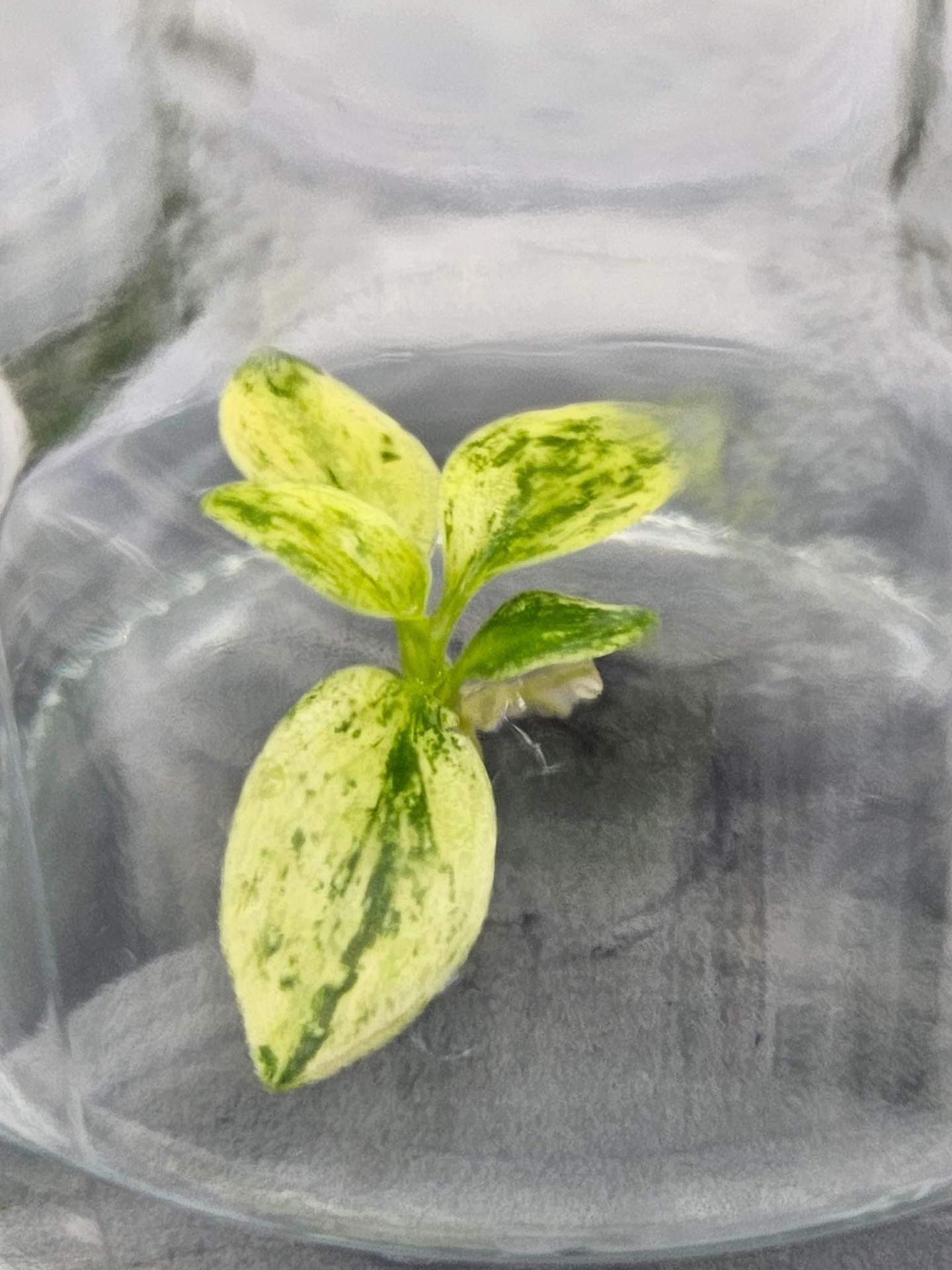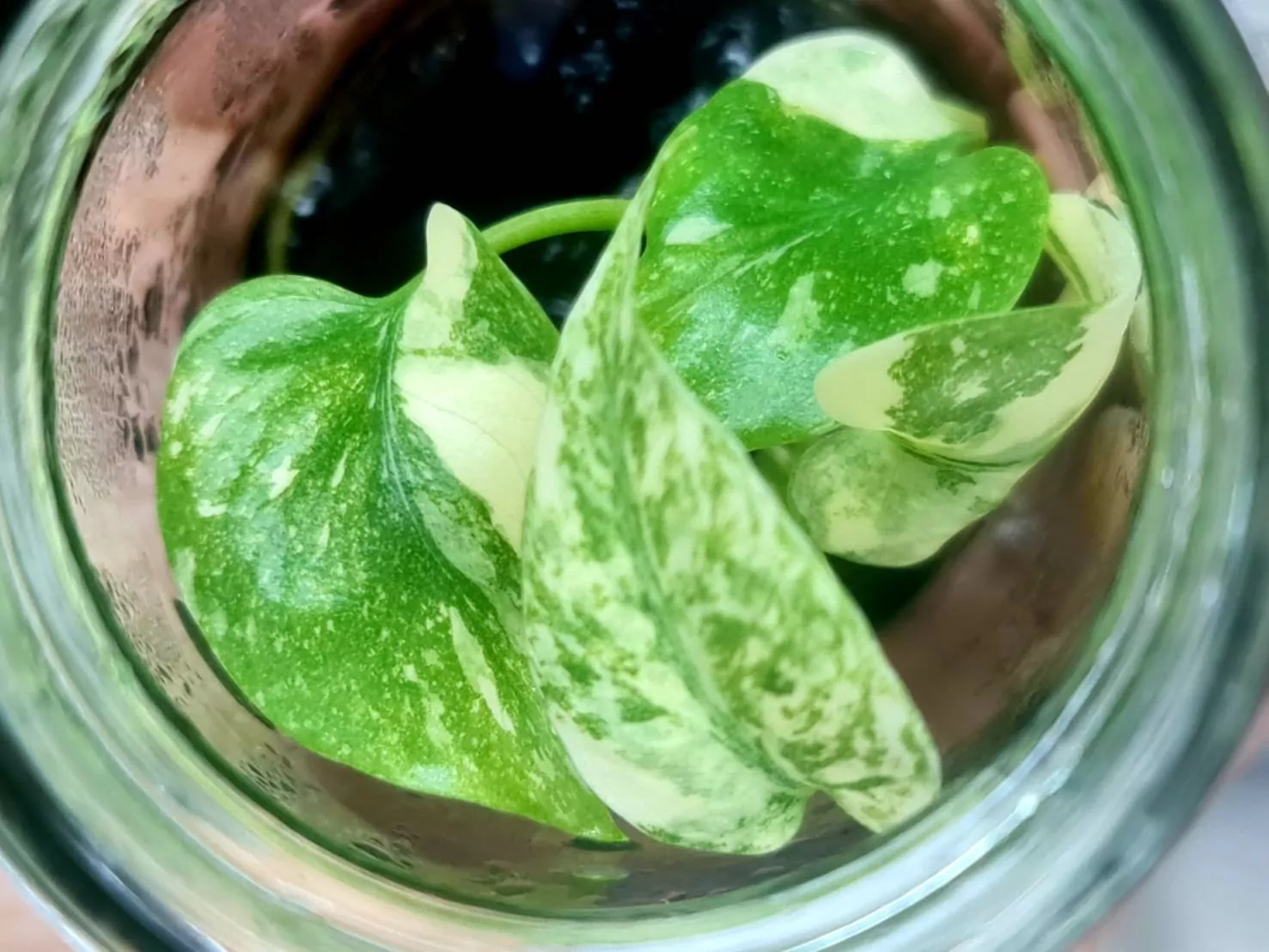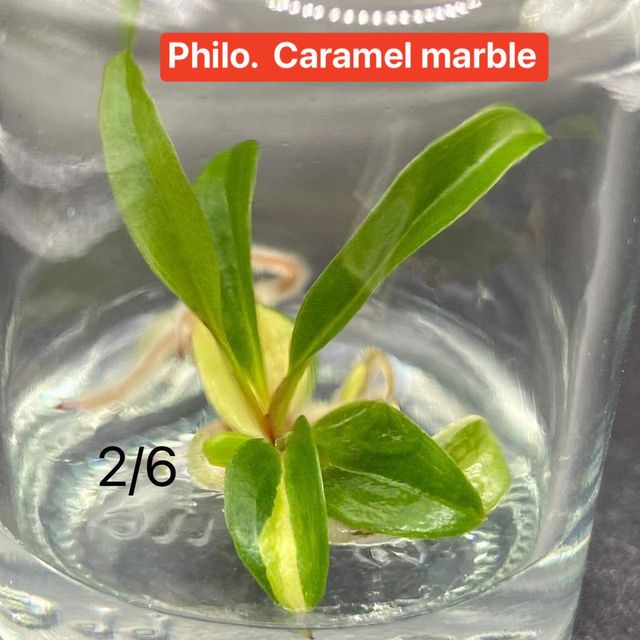What is Variegation in Tissue Culture Plants?

Tissue culture plants have revolutionized the way we propagate and grow plants. One of the most interesting aspects of tissue culture plants is their ability to exhibit variegation. Variegation is the presence of different colors or shades in the leaves or other plant parts. It can occur naturally or be induced through tissue culture techniques. In this article, we will explore the topic of variegation in tissue culture plants, including its causes, types, and benefits.
Introduction
Tissue culture plants are grown in a laboratory setting, where the environment is controlled to ensure optimal growth conditions. Variegation is a common phenomenon observed in tissue culture plants. It is a result of genetic mutations or induced through tissue culture techniques. Variegated plants are highly sought after by gardeners and horticulturists due to their unique appearance.
What is Variegation?
Variegation is the presence of different colors or shades in the leaves or other plant parts. It can be caused by genetic mutations or induced through tissue culture techniques. Variegation can occur in different patterns, including stripes, spots, and patches, and in different colors, including white, yellow, and pink.

Monstera Thai Constellation Tissue Culture
Causes of Variegation in Tissue Culture Plants
The causes of variegation in tissue culture plants are not fully understood. However, it is believed to be a result of genetic mutations or induced through tissue culture techniques. Genetic mutations can occur spontaneously or be induced through chemical or radiation treatments.
Types of Variegation
There are several types of variegation observed in tissue culture plants. Some of the most common types include:
- Sectorial Variegation: This type of variegation is caused by a genetic mutation that affects only a portion of the plant. The variegated portion of the plant is usually a result of a genetic mutation, while the non-variegated portion is normal.
- Margin Variegation: This type of variegation is characterized by a variegated margin around the leaf's edge. The center of the leaf is typically green.
- Punctate Variegation: This type of variegation is characterized by small, scattered spots of variegation on the leaf's surface.
- Blotched Variegation: This type of variegation is characterized by irregular patches of variegation on the leaf's surface.
Benefits of Variegation in Tissue Culture Plants
Variegated tissue culture plants offer several benefits to gardeners and horticulturists. Some of the benefits of variegation include:
- Aesthetic appeal: Variegated plants are highly sought after due to their unique appearance. They add color and texture to gardens and indoor spaces.
- Increased value: Variegated plants are often more valuable than their non-variegated counterparts, making them popular among collectors.
- Stress tolerance: Some variegated plants have been observed to be more tolerant of environmental stress, such as drought and heat, than non-variegated plants.
Where to buy tissue culture plants? Benefits from importing plants from Thailand
Shipping: Door to door shipping, fast and safe with Dragon Courier
Biodiversity: Thailand is known for its rich biodiversity, including a wide variety of aroid species. This diversity allows importers to access a broad range of unique and exotic aroid plants.
Quality and Health of Plants: The suitable climate helps the plants grown here stay healthy and of high quality.
Cost-Effectiveness: Due to favorable growing conditions and efficient production methods, Thai aroid plants can often be more cost-effective compared to those from other countries.
Access to Hybrid Varieties: Thai growers are often involved in the development of new hybrid aroid varieties, offering unique plants that may not be available from other sources.
Tissue culture plants species are the most sought after by aroid plant lovers
Challenges of Variegation in Tissue Culture Plants
Variegation in tissue culture plants can present some challenges. Some of the challenges of variegation include:
- Instability: Variegated tissue culture plants can be unstable, meaning that the variegation may not be consistent from generation to generation.
- Reduced vigor: Some variegated plants may have reduced vigor, meaning that they may not grow or develop as well as non-variegated plants.
- Reversion: Variegated plants may revert back to their non-variegated form due to genetic instability or environmental stress.
Techniques for Inducing Variegation in Tissue Culture Plants
There are several techniques for inducing variegation in tissue culture plants. Some of the most common techniques include:
- Chemical treatments: Chemical treatments, such as colchicine and oryzalin, can induce genetic mutations that result in variegation.
- Radiation treatments: Radiation treatments, such as X-rays and gamma rays, can induce genetic mutations that result in variegation.
- Tissue culture techniques: Tissue culture techniques, such as callus culture and somatic embryogenesis, can induce variegation in tissue culture plants.
Factors Affecting Variegation in Tissue Culture Plants
Several factors can affect variegation in tissue culture plants. Some of the factors include:
- Light intensity: Variegated plants require different light intensity than non-variegated plants. Too much or too little light can affect the variegation pattern.
- Nutrient availability: Variegated plants may have different nutrient requirements than non-variegated plants. It is important to provide the appropriate nutrients for optimal growth.
- Temperature: Temperature can affect variegation in tissue culture plants. Some variegated plants may be more tolerant of extreme temperatures than non-variegated plants.

Philodendron Caramel Marble Variegated Tissue Culture
Examples of Variegated Tissue Culture Plants
There are numerous examples of variegated tissue culture plants. Some of the most popular examples include:
- Variegated Monstera deliciosa: This plant has large, glossy leaves with irregular white variegation.
- Variegated Calathea: This plant has striking leaves with green and white variegation.
- Variegated Philodendron: This plant has heart-shaped leaves with white or yellow variegation.
Tips for Propagating Variegated Tissue Culture Plants
Propagating variegated tissue culture plants requires special attention to ensure that the variegation is maintained. Some tips for propagating variegated tissue culture plants include:
- Ensure genetic stability: It is important to ensure that the variegation is stable before propagating the plant.
- Use appropriate techniques: Propagation techniques, such as division and tissue culture, can be used to propagate variegated tissue culture plants.
- Monitor growth: Monitor the growth of the propagated plants to ensure that the variegation is maintained.
Variegation vs. Albinism
Variegation should not be confused with albinism. Albinism is a genetic condition that results in the absence of pigments, causing the plant to appear white or pale. Variegation, on the other hand, is the presence of different colors or shades in the plant.
Conclusion
Variegation in tissue culture plants is a fascinating topic that offers numerous benefits to gardeners and horticulturists. It is a result of genetic mutations or induced through tissue culture techniques. Variegated plants are highly sought after due to their unique appearance and can offer stress tolerance and increased value. However, variegation can present some challenges, including instability and reduced vigor. Techniques for inducing variegation in tissue culture plants include chemical and radiation treatments and tissue culture techniques. It is important to monitor the growth and genetic stability of variegated tissue culture plants to ensure that the variegation is maintained.
FAQs
- Can variegated tissue culture plants be propagated through cuttings?
- Yes, variegated tissue culture plants can be propagated through cuttings, but it is important to ensure that the variegation is stable before propagating.
- Can environmental factors affect variegation in tissue culture plants?
- Yes, environmental factors such as light, temperature, and nutrient availability can affect variegation in tissue culture plants.
- Are variegated tissue culture plants more valuable than non-variegated plants?
- Yes, variegated tissue culture plants are often more valuable than their non-variegated counterparts due to their unique appearance.
- Can variegated tissue culture plants revert back to their non-variegated form?
- Yes, variegated tissue culture plants can revert back to their non-variegated form due to genetic instability or environmental stress.
- What is the most common type of variegation observed in tissue culture plants?
- The most common type of variegation observed in tissue culture plants is sectorial variegation.
https://greenboog.com/variegation-tissue-culture-plants/
Nhận xét
Đăng nhận xét